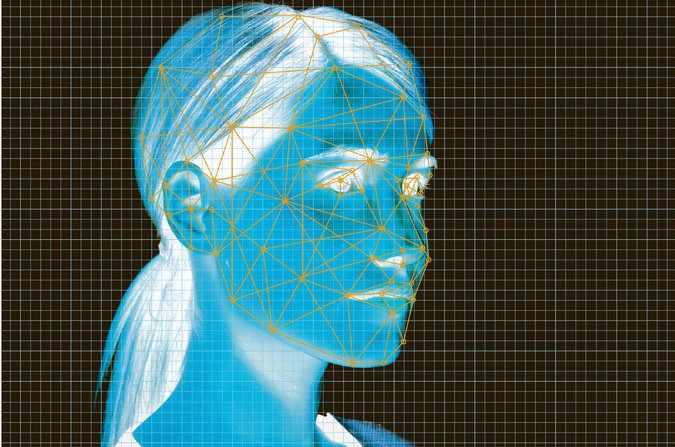
In this interview, Dr. Thirimachos Bourlai, an expert at the forefront of face recognition technology, shares his opinions regarding the challenges of night time facial recognition systems. He also sheds light on the advantages and disadvantages of using visible or infrared sensors for practical facial recognition applications and scenarios.
Finally, he briefly outlines the available modalities and developments in long-range human identification technology that can be used in the future to deal with problems of recognizing unfamiliar faces in still image and video biometrics.
Q: Could you give some details on the challenges in identifying humans at night with facial recognition?
A: Most face recognition systems depend on the usage of face images captured in the visible range of the electromagnetic spectrum, i.e. 380-750 nm. However, in real-world scenarios (military and law enforcement) we have to deal with harsh environmental conditions characterized by unfavorable lighting and pronounced shadows.
Such an example is a night-time environment, where human recognition based solely on visible spectral images may not be feasible.
In order to deal with such difficult FR scenarios, multi-spectral camera sensors are very useful because they can image day and night.
Thus, recognition of faces across the infrared spectrum has become an area of growing interest.
Here is an example —realistic scenario— where it is very challenging to identify humans at night with facial recognition.
Consider an individual walking towards (approaching the entrance of) a military facility. A face image needs to be captured by the surveillance cameras covering the facility that can be used for identification.
The main challenges are (i) Data management: the raw, relevant (when the human is within the field of view), video footage (that can be several Mbytes or TBytes per day) needs to be narrowed down to information pertinent to the human and his/her face.
At this point, applying efficient face tracking and eye detection techniques is very important. (ii) Data quality: improving the quality of the available face images, (iii) Face matching: applying state-of-the-art face matching techniques to perform identification.
There is also another major challenge and that is face spoofing but this can be covered in another discussion.

